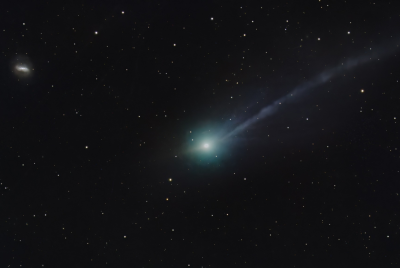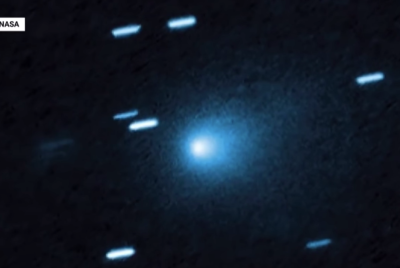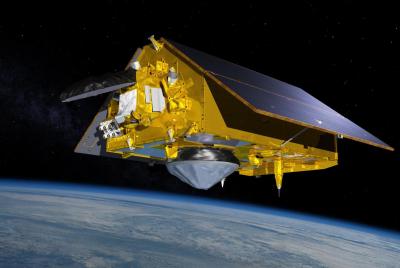Skull of Rhino ‘Cooked’ in Volcanic Eruption 9.2 Million Years Ago Found in Turkey

A 9.2-million-year-old rhino skull preserved when the animal was cooked to death in volcanic ash has been found in Turkey.
Scientists at the University of Montpelier, France, found what they believe to be a two-horned rhinocerotine Ceratotherium neumayri, an animal common in the late Miocene era of the eastern Mediterranean.
The unusual features suggest the skull was cooked to death in temperatures of 500C and suggest the volcanic eruption was similar to that of Mount Vesuvius in Italy in 79AD.
Structural changes to bones and partial disintegration of the teeth suggest that the Karacaşar rhino died in extreme heat.
After it died, the rhino experienced severe dehydration, which led to the wide and sustainable opening of the mouth.

The body was dismembered, with the skull being separated from the rest of the body and baked in temperatures of about 400 degrees Celsius.
It was then carried in the volcanic ash around 30km north of the eruption.
Scientists compared the rhino to human victim bones found in Pompeii. Thousands of people and animals within a 15km radius were killed instantly after Vesuvius erupted, allowing for the preservation of skeletons.
The study said: "A very short exposure to the pyroclastic surge was certainly lethal, the thermal effects of which caused instantaneous death up to 15 km away from the Vesuvius.
"The correspondence is striking between the structural changes of hard tissues as observed in both the Karacaşar rhino skull and Pompeii-Herculaneum-Oplontis human and pet remains, which points to similar heating conditions in both events."
The rhino skull is significant because it is extremely rare. Normally organic matter near an eruption is destroyed by the high temperatures.
© Copyright IBTimes 2025. All rights reserved.






















